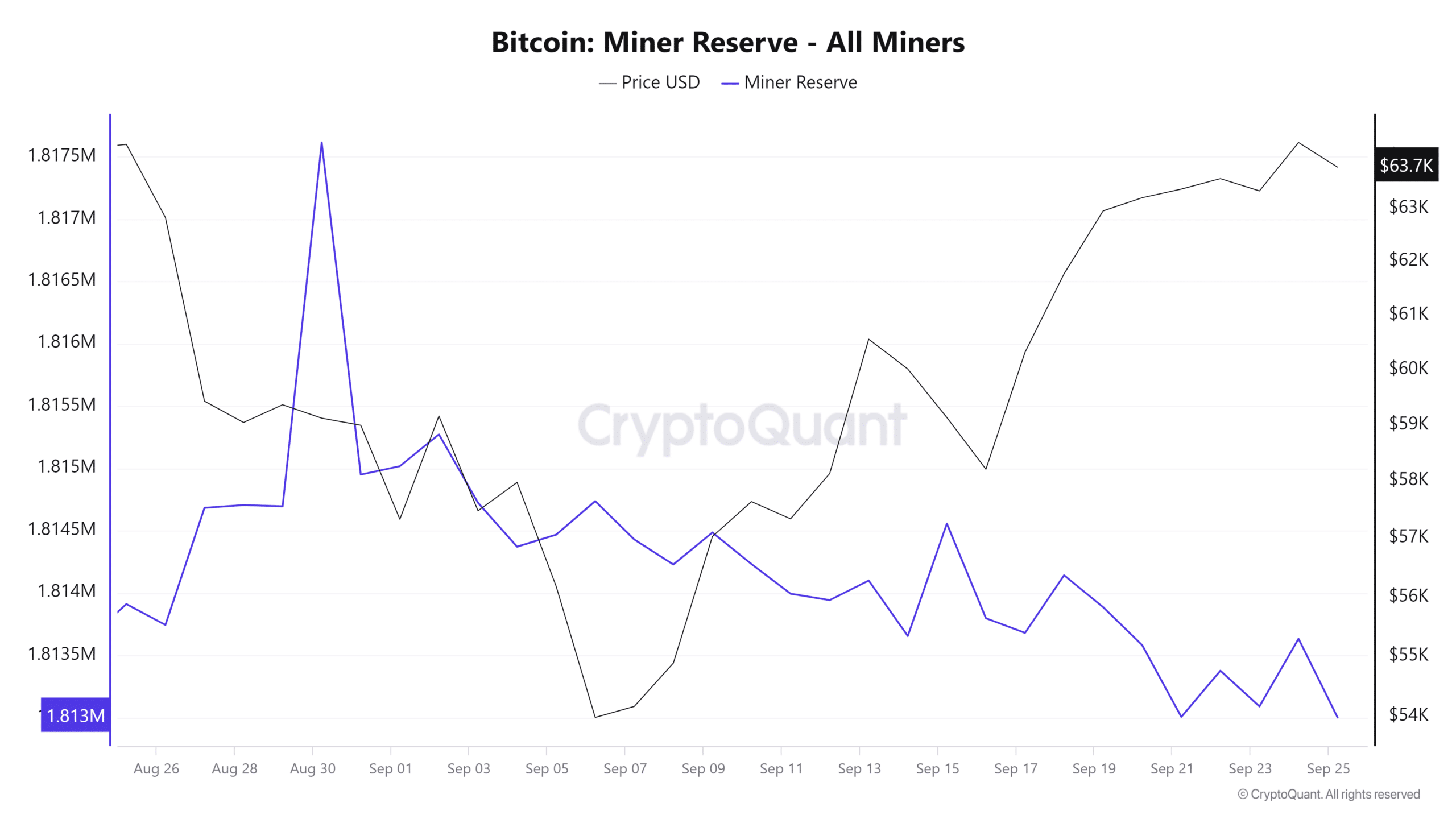Bitcoin mining update: How U.S. is gaining on China’s dominance

- Bitcoin mining has experienced a shift, with two countries now controlling 95% of the mining hash rate.
- This concentration of power could displease miners, prompting mass capitulation.
The Bitcoin [BTC] mining landscape is shifting, with U.S. pools now controlling 40% of the hashrate, while Chinese pools hold 55%.
Once dominant due to cheap hardware, Chinese miners are losing their edge as the focus shifts to cheap energy sources. This shift, driven by China’s regulatory crackdown, is pushing mining operations to relocate to areas with more favorable energy – Its impact? AMBCrypto investigates.
Hashrate distribution is too centralized
Previously, China held a significant influence over the mining industry, controlling about 55% of the total BTC hashrate. This meant that most Bitcoin mining power was concentrated in China.
This dominance allowed Chinese miners to gain an edge in staking rewards, leading to a greater accumulation of BTC in the country.
Now, the U.S. is closing the gap, controlling 40% of the hash pool. The focus is shifting, with U.S. based Bitcoin mining companies reaping the most benefits, particularly those catering to institutional investors.
However, this mass exodus could challenge U.S. miners as increased competition may thin profits. It is crucial to monitor individual miners closely, if operational costs outweigh profitability, they might close their positions.
Fear is clearly visible
Taking advantage of the recent surge, Bitcoin miners have likely capitalized on profits while BTC consolidated above $63K and peaked near $64K, as evidenced by miner reserves hitting all-time lows.
With Bitcoin mining difficulty reaching new monthly highs, it has become essential for miners to seize any opportunity for gains whenever they arise.
Moreover, the influx of miners in the U.S. raises concerns, as increased competition is expected to drive difficulty to new records, ultimately reducing rewards.
Consequently, miner capitulation could significantly threaten BTC’s ability to reach the $68K resistance.
On the flip side, this scenario may highlight the dominance of big mining companies, providing them with an advantage as smaller miners exit the market, which would further centralize the network.
Bitcoin mining houses might take charge
Bitcoin mining houses with substantial holdings may seek to leverage their resources and take charge as many miners exit due to increasing difficulty.
For instance, the largest Bitcoin mining company in the U.S. has strategically amassed holdings, peaking at an estimated $22,022.4, although reported figures may be even higher.
Read Bitcoin’s [BTC] Price Prediction 2024-25
Additionally, their substantial holdings could also provide an advantage during miner capitulation, enabling them to absorb pressure when BTC hits market top.
However, increased centralization could spell trouble for the Bitcoin mining industry, keeping BTC from breaking through the crucial $64K resistance.









